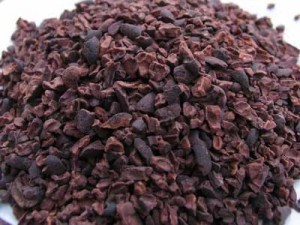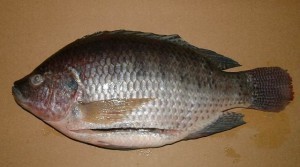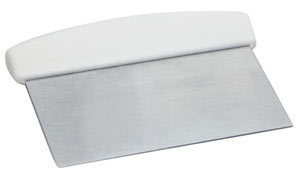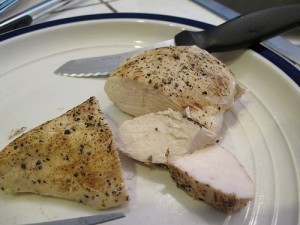Cacao Sizes
Also known as Theobroma cacao, the cacao plant originated in the tropical areas of South America and North America. The plant is cultivated mainly for its seeds because these are used for making chocolate. The plant is widely cultivated in various countries like Ghana, Indonesia, Brazil, Ecuador and Mexico. The total land area in the world planted with this species in 2005 is 70,000 square kilometer. Wild cacao plants can be seen at the Andes Mountain as well as in the river basins of Orinoco and Amazon. To grow the plant successfully, let us look at the various cacao sizes.
in the tropical areas of South America and North America. The plant is cultivated mainly for its seeds because these are used for making chocolate. The plant is widely cultivated in various countries like Ghana, Indonesia, Brazil, Ecuador and Mexico. The total land area in the world planted with this species in 2005 is 70,000 square kilometer. Wild cacao plants can be seen at the Andes Mountain as well as in the river basins of Orinoco and Amazon. To grow the plant successfully, let us look at the various cacao sizes.
The Sizes of Cacao
What are the sizes of cacao? The cacao tree has a height of four meters to eight meters. The leaves of the plant are 10 centimeters to 40 centimeters long. The width of the leaves is five centimeters to 20 centimeters. The leaves of the plant are not edible and poisonous.
The flowers of the cacao plant have a pink calyx. The flowers have a diameter of one centimeter to two centimeters. The cacao pad or the cacao fruit has a length of 15 centimeters to 30 centimeters and a width of eight centimeters to 10 centimeters. The cacao pad weighs a pound or 500 grams. Each fruit has 20 to 60 seeds.
Additional Information and Other Important Details
The cacao plant has antioxidants that are helpful to prevent the growth of cancerous tumors. The seeds of cacao, which are also called beans, contain nutrients and minerals. The beans have properties that are helpful in improving the cardiovascular health. Some of the health benefits from the beans are improved HDL cholesterol levels and enhanced blood circulation level. Cacao beans are also helpful in treating depression because these contain a special compound known as the N-acylethanolamine.
If you like to grow cacao in your place, it is important to plant the seeds in a shaded area. Always keep the soil moist. The place should have full sunlight since the plant grows well in areas with tropical climate. Fertilize the soil after planting the seeds to stimulate the growth of the plant. To prevent pests from damaging the plant, do not forget to apply pesticides or insecticides. As soon as the first branch of the tree reaches five feet high, prune it to trigger plant growth. When the color of the fruit lightens, you can harvest the pod. One of the signs that the pod can be harvested is that the fruit produces a hollow sound when tapped.





